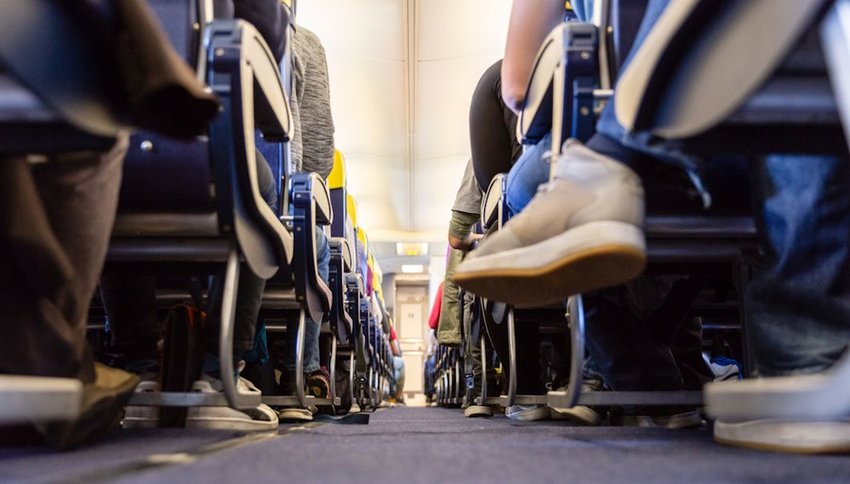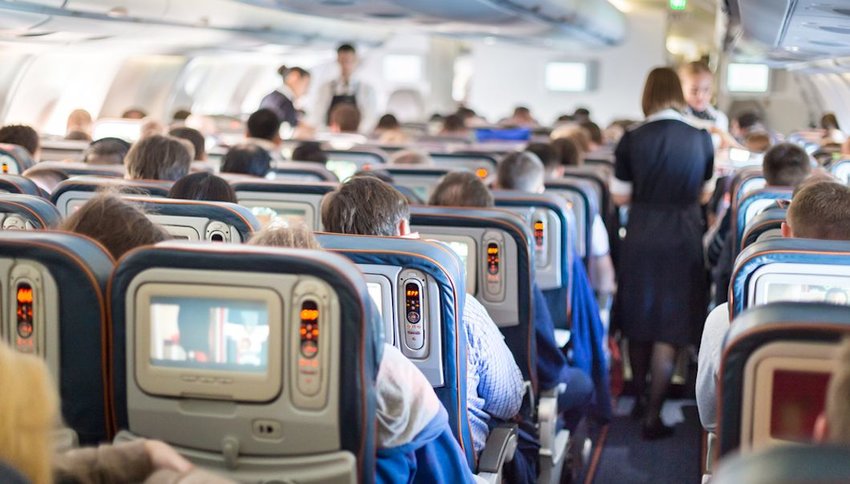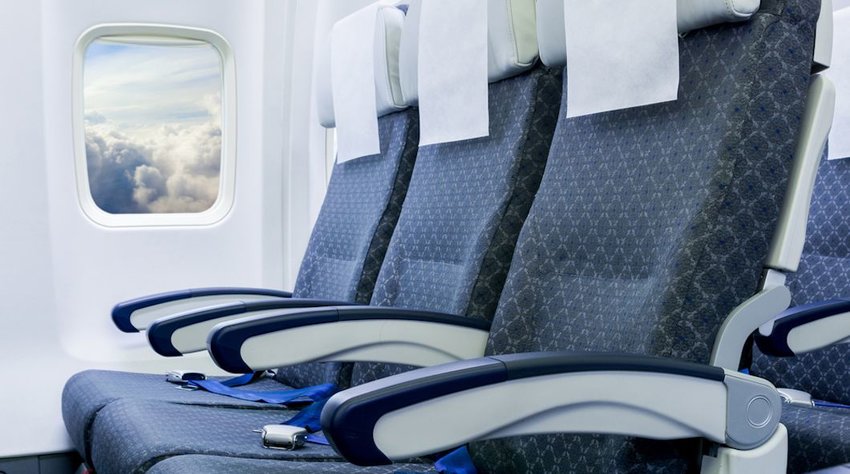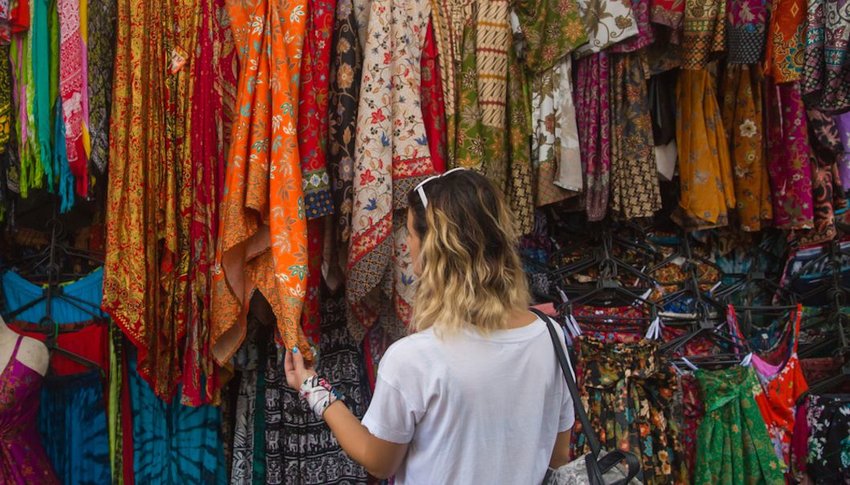Exploring different nations means understanding the cultural sensitivities of your host country and adopting their practices to interact respectfully with locals. Though there are some basic unspoken rules of travel that are globally recognized, others require some light research before leaving on your journey.
Greet Like a Local

Make sure you brush up on proper greetings before you land. The French give kisses on the cheek, the Japanese bow, and North Americans exchange firm handshakes. Moving in for a peck on the cheek while the other prepares to bow makes for a slightly awkward first encounter. Learn your boundaries by familiarizing yourself with the world's preferences on greeting before you arrive.
Tip Correctly

While North America practices a heavy tipping culture and a generous 15% to 20% on top of any restaurant bill is almost always expected, tipping in some countries like Japan is discouraged. In some countries, gratuity is included on restaurant bills, and in others you're expected to tip bathroom attendants but not waiters. The practice of tipping varies widely between cultures, so brush up on the appropriate way to handle the check before you leave the table.
Learn the Language

Picking up a foreign language can be a challenge, but trying to force your way through a foreign country without any attempt to use local phrases will instantly have you marked as a tourist. Learning common phrases like hello and thank you in the local lingo shows your curiosity and appreciation towards your host nation's culture. You'll likely encounter friendlier shopkeepers and waiters if you attempt a few phrases in their language, rather than just assuming they speak English.
Dine Right

In China, you're expected to consume your rice with a pair of chopsticks. And if you find yourself at a traditional feast in the Philippines, then a delectable smorgasbord of sticky rice, fried spring rolls, and stewed pork are served atop a communal table lined with banana leaves and devoured with just your hands. Forget the dining rules and utensils you grew up with and eat like a local by participating in their practices. Not sure what to do? Observe locals and follow their lead. Just take a quick look around at the restaurant before you dive in sans fork.
Keep Your Socks On

The carpets of most aircrafts are deep cleaned once a month depending on the airline and have witnessed a sometimes long history of food and drink spillage. Though it may be tempting to free your feet on a long flight and walk around sockless, you might rethink that. But most importantly, keep them on for the sake of your seatmates — especially if you're prone to smelly feet.
Space Invasion

While trapped in close quarters with other passengers on a long flight, you might find yourself craving for some human interaction. But if your seatmate has headphones on, even if they're not plugged in, it's a sign that sharing your life story is unwelcome. Also, stretching your legs out into your neighbor's space in front of you or reclining all the way back in your seat is considered rude. Don't be that person.
The Armrest Debate

Few passengers willingly seats themselves in the middle seat on a flight. The aisle seat passengers can stretch out their legs and enjoy easy access to the lavatory without having to squeeze past others, and the window seat passengers can lean on the cabin wall for a more restful nap. So if you're not stuck in the middle seat of a transatlantic flight, the least you can do is offer your armrest to the unfortunate soul squished in the middle seat for a bit of comfort on a cramped flight.
No Lowballing

Though bargaining plays a large role in everyday life at the bustling markets and street stalls in much of Asia, Central, and South America, it's unconventional in the traditional brick-and-mortar shops of other destinations. And while the art of bargaining can be fun, many of the vendors rely on your money to support their families. Know when and how much bargaining is appropriate to avoid lowballing the locals.
Dress Appropriately

Many religious places of worship have strict rules regarding visitor dress. Often, temples, churches, and mosques will require your shoulders and knees to be covered, so pack a sarong or shawl even on a warm summer day to cover up before you enter. Temples throughout Asia might also ask you to remove your shoes before entering. Even if you aren't planning to visit a place of worship, show your respect to the local culture by dressing appropriately. In more conservative destinations, opt for long and airy dresses instead of shorts and a tank top while exploring. You're in their home, after all, and showing a little respect for local customs goes a long way.
Snap Smart

Though capturing the perfect shot of those historic temples serves as a way to preserve your journey to Japan, you will be limited to just photographing the exterior as taking photos inside Japanese temples is generally frowned upon. And though it may take away from the candidness of a moment, avid street photographers should be aware that certain cultures are more sensitive to the camera. Many local cultures believe that the lens captures the soul, so demonstrate respect by asking for permission before photographing a subject. And, of course, look where you're going before stopping in the middle of the road to whip out your selfie stick.
